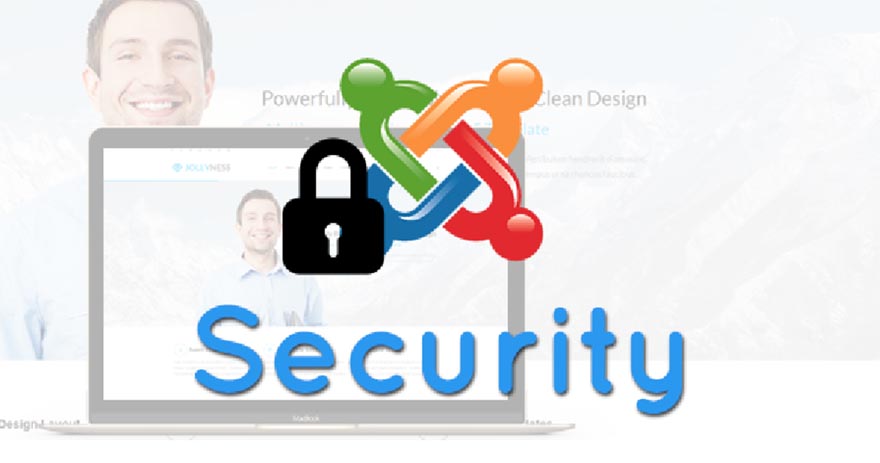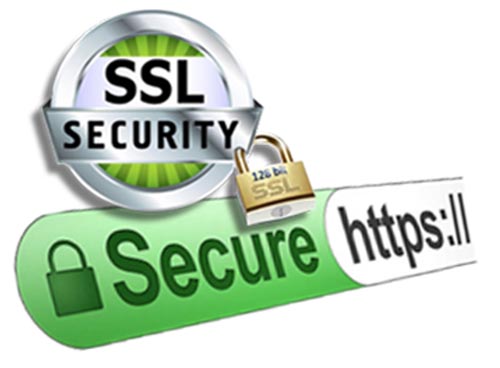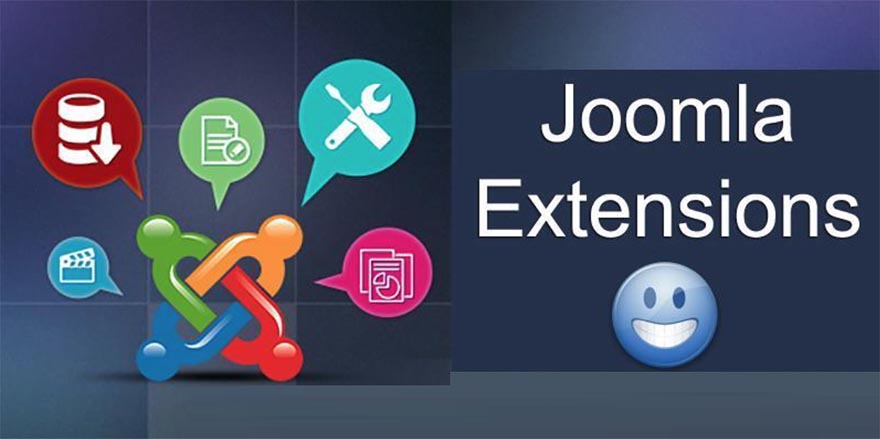
The contribution to the ease of owning a website can, without any doubt, be attributed to the presence of platforms known as the Content Management Systems (CMS) like Joomla, WordPress, Wix. These CMS offer an array of themes to choose from for your website design. In addition to that, a variety of plug-ins are also available, which provide many add-on features. The user-friendly interface makes it one of the most popular tools for designing websites. Any digital content addition or future changes on the website can be accomplished without applying much effort, with great ease. According to a study, (Source: W3Techs), among websites built utilizing CMS, 62.4% use the WordPress platform, 5.3% use Shopify, and 3.3% use Joomla.
As we all know, every coin has two sides, and anything good also comes with a price to pay; the CMS is the most targeted platform by hackers. If you own a website at Joomla, then you must know that Joomla is also among one of the most hacked CMS by hackers. Hence, it becomes crucial to focus on the Joomla security best practices to keep your experience on Joomla smooth and free from threats. Let us now take an insight into some simple yet effective hacks to secure all your Joomla projects.
Here is your ultimate Joomla security guide to raising your security goals to the next level.
1: Build Strong Login Credential and Strict Password Policy
At the onset, always remember to change your default login username and password after installing your Joomla website. Having a strict password policy in place is essential as the first step to security. The password policy should apply to the user's login at your website as well as for your employees. Hackers' brute force can easily crack weak passwords to steal your crucial information.
Hence the use of strong, long, arbitrarily generated passwords will protect you from cyber threats. The password must always be a random amalgamation of both upper- and lower-case alphabets, special characters, as well as numbers. Also, the use of Two Factor Authentication (2F) says, by receiving a verification code on your mobile, should be implemented as it adds an extra layer of security to your Joomla site.
2: Provide Certificate Security through SSL

Amongst the Security checklist to follow for your Joomla project, providing SSL Certificate security must occupy the topmost position. SSL Certificate security encrypts all the communication between the user's web browser and the webserver. Thus, SSL Certificate secures you against hacking attempts like Man-in-the-middle attacks and dangerous data breaches. It helps you build on your reputation as a brand.
Once the SSL Certificate is installed, the HTTP protocol changes to secure HTTPS protocol which appears as a prefix to the URL of the Joomla website. A visual symbol of trust, a padlock, is also added before the URL of the Joomla website that gives your users confidence that their sensitive information shared with your platform is safe. Many reputed SSL providers offer an array of SSL Certificates according to your security needs and budgets. If you invest in an SSL, that will give your Joomla website the right balance between security needs and staying within your set financial limits.
3: Secure Your Administrator Login Page
Your Joomla admin page is under constant threat from cybercriminals who are constantly looking out for any vulnerabilities to carry out serious data breaches. Hence, you must secure your Joomla admin page with a strong password and access it by multifactor authentication. You can also restrict access to your admin page by creating a .htaccess file that contains a list of authorized IP addresses.
4: Have A Strong Access Control And File Permission Policy
Have only authorized users access to the editing and sharing of your Joomla website content. Apart from controlling access, appropriate file permissions will go a long way in controlling the write, read, and execute functions of your site's files and directories.
- File and directory permissions should be followed in a Joomla setup.
- Files permission set to 0777: This allows everyone to read and write to the file.
- Files permission set to 0644: This allows only the owner to write, while the rest can only read the file contents.
- PHP permissions set to 0444: This ensures that nobody writes to the file.
- Directories permission set to 0755: Allows only the file owner to write to it, while the rest can only read and execute them.
5: Use Firewall protection for Web Application
Installing a web application Firewall protects your network resources by blocking any malicious incoming traffic at the application layer. It provides protection against malware and viruses and several other cyber threats like SQL injections, Brute Force attacks, DDoS attacks.
6: Use Joomla Extensions with Restrain

Although, Joomla gives you ease to improve your site's functionality with the help of various third-party extensions according to business needs. You must restrict the use of such extensions to incorporate essential functions only. The extensions available from third parties do not always necessarily follow the best security practices and may expose your site to unnecessary cyber threats.
Always use extensions from trusted third parties, and that follow good security practices. Keep checking for the extensions that have not been used for a long time and uninstall them as these only make your Joomla site vulnerable to cyber attacks. It would help if you kept visiting the official Joomla website to be aware of the vulnerable extensions list to keep your site safe and carry out necessary actions.
7: Have A Continuous Monitoring System in Place And Choose a Reputed Hosting Service
Keep a continuous check on the incoming traffic of your Joomla website for any malicious requests. You can take the help of various monitoring tools available, which will alert you by sending an SMS or email if any potential threat is perceived. An excellent hosting service provider also provides round-the-clock monitoring as a standard part of its security policy and should be able to act on any malicious activity proactively before it becomes a significant security threat to its clients.
So, you must choose your hosting service provider after due research on its security features provided. Check for security features offered by them like email protection, regular scans, spam filters, automatic backups, and updates. Inquire for its preparedness against a DDOS attack and safety measures to minimize the effect of any potential data loss.
8: Take Regular Updates for Your Joomla Site And Extensions
You should always ensure that you are using the latest version of Joomla and its extensions. The new versions of the software ensure that all the vulnerabilities of older versions are fixed and hence making its performance improve multi-folds. Without applying updates, your website stands vulnerable to automated bots scanning used by hackers looking for vulnerabilities.
9: Ensure Regular Backups are Taken!
Creating regular backups is critical to your data recovery plan for any potential data loss due to any cyber-attack. The regular backups hold the key to having your Joomla website up and running in no time in case of a cyber-attack. It would help if you kept your data backups protected at multiple locations; even offline storage is recommended so that the site can be restored, and your business can run without any hindrance.
10: Customize Your PHP Configuration to Uplift Joomla Security
Because Joomla is written in the PHP language, the following command customization is essential in the PHP directives present in the php.ini file to help raise your security to the next level:
open_basedir = "/var/www/yoursite.com:/tmp/"
Ask PHP to whitelist the given directories. This can help in preventing attackers from acquiring access to any other part of your file system. Note that you must make sure to include every directory that PHP needs access to, including the temporary file upload directory and session storage location.
expose_php = 0
Hide the PHP version to your response headers so attackers cannot figure out the known vulnerabilities that might be hiding in your current version.
disable_functions = exec,passthru,shell_exec,system,
proc_open,proc_close,proc_terminate,popen,curl_exec,curl_multi_exec,
show_source,posix_kill,posix_getpwuid,posix_mkfifo,posix_setpgid,
posix_setsid,posix_setuid,posix_setuid,posix_uname,php_uname,syslog
This is used to disable dangerous PHP methods so that attackers cannot use them to compromise your system.
You can also disable PHP from opening remote URLS as remote content may sometimes be unreliable, so following PHP directives can ensure the same:
allow_url_fopen = 0
allow_url_include = 0
If you do not need any File uploads, then you can change the PHP directive as follows:
file_uploads = 0
In conclusion, we can say that most Joomla projects or websites can easily fall prey to cyber hackers, primarily owing to vulnerabilities in the third-party extensions used extensively to customize Joomla functions, some misconfigurations, using hosting with inappropriate security services, and many others. Setting all your basics right and adopting all the simple tips discussed above and developing a holistic Joomla security strategy can win you the fight against the most severe threats today faced by Joomla users.